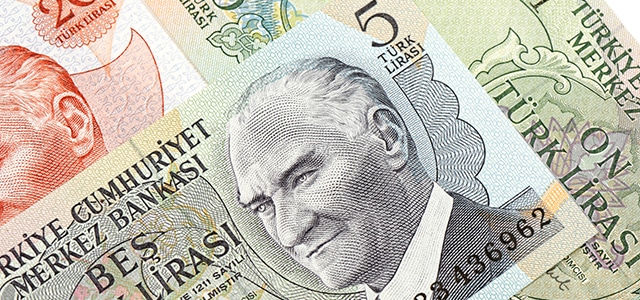CAPITAL MARKETS | FOREIGN EXCHANGE

As the Federal Reserve winds down its bond-buying program and prepares to raise rates, analysts are debating the likelihood of a repeat of last year’s “taper tantrum”—when the mere hint of a gradual end to quantitative easing in the US caused huge disruptions to emerging markets (EMs).
Julie Dickson, equity portfolio manager at London-based Ashmore, says the disruptions were unwarranted: “Emerging markets’ fundamentals were far more robust than last year’s price action—and the hysterical media coverage that accompanied it—would have suggested. Last year, emerging markets grew 4.7% in real GDP terms, which is 0.1% higher than the average [annual] growth rate since 1980.”
EMs are far more resilient today than the developed markets, Dickson says. “How would developed economies have fared if their borrowing costs had gone up by 200 basis points last year?” she asks. Developed economies remain extremely fragile and have done little to reform the underlying economies and deal with serious imbalances and debt problems, she says. “The US has more to worry about with [rising] interest rates. Emerging markets can cope. If there is a sell-off in emerging markets, there will be a quick and sharp reversal to the overreaction.”
Across the City, however, economists at Capital Economics are less sanguine. A handful of EMs, mainly in Asia, have taken steps to reduce their “external vulnerabilities” in the wake of last year’s episode, says Neil Shearing, chief EM economist. “But these countries are the exception rather than the rule,” he notes. “Those EMs where external vulnerabilities are greatest—notably Turkey—have made little progress in reducing them over the past year and could find themselves back in the firing line as we move toward a first Fed rate hike,” Shearing notes, adding that last year countries with the largest current-account deficits were generally hit the hardest. “And while we don’t expect the Fed to jump on the brakes, we do expect it to raise rates sooner than most in the market expect (our forecast is March 2015) and, ultimately, by more than most in the market expect.”
A return to the 1990s, when Fed tightening triggered a wave of EM crises, is unlikely, Shearing says, but external debt burdens have increased in many countries, including Turkey and much of Latin America. “Several emerging economies do look vulnerable.”
William Jackson, senior EM economist at Capital Economics, adds: “The latest bout of EM currency weakness largely reflects the depreciation of the euro against the dollar, rather than homegrown economic vulnerabilities.” The Russian ruble has fallen the furthest, hit by capital outflows on the back of the crisis in Ukraine and the fall in oil prices, he notes. Several East Asian currencies, which could benefit from stronger US demand, have risen against the dollar, he adds. a



